How to install Hyper-V in Windows Server 2012
Virtualization is one of the most important technological features. Microsoft has invested in developing this feature and called it Hyper-V.
Now let's see how to install the Hyper-V virtual machine in Windows Server 2012 through the steps below.
Step 1 - To install DNS, go to ' Server Manager' → Manage → Add Roles and Features .
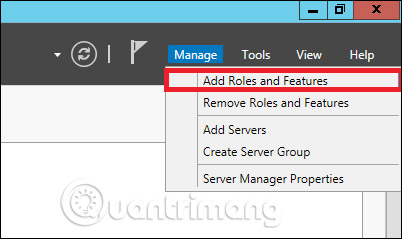
Step 2 - Click Next .
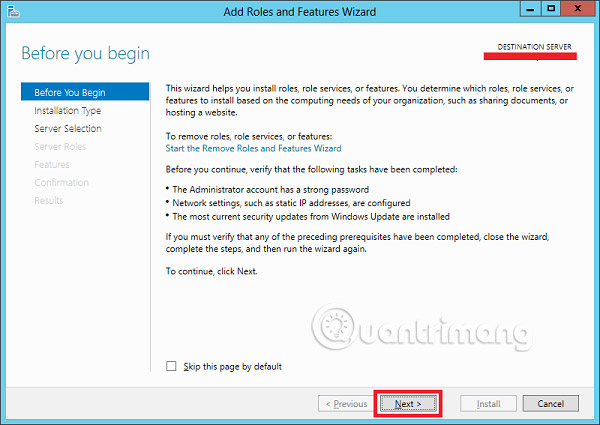
Step 3 - Choose Role-based or feature-based installation option, then click Next .
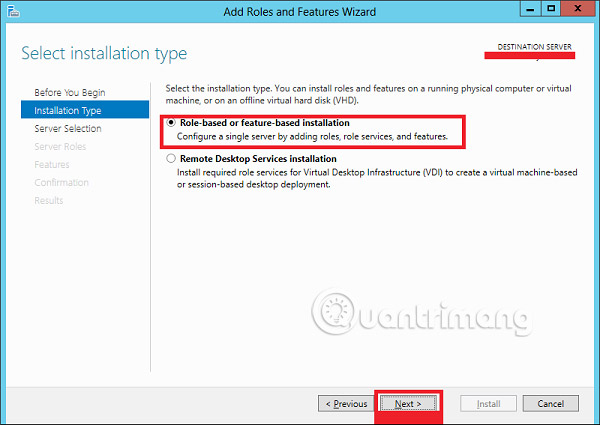
Step 4 - Now install a Local Hyper-V because it will select a server from the server pool, and then click Next .

Step 5 - From the Roles list, select the Hyper-V Server role , then click Add Features on the display window and then select Next .
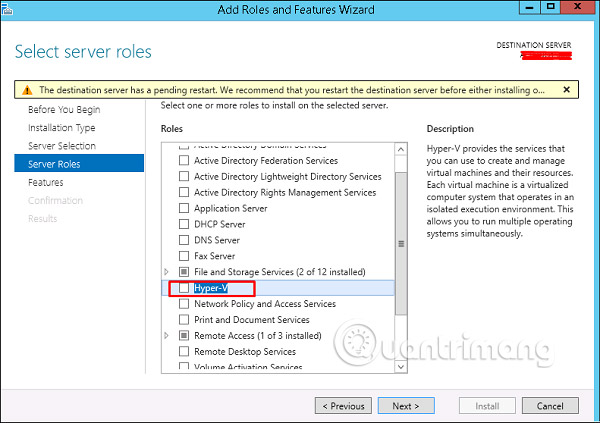
Step 6 - Click Next.

Step 7 - Select the server's physical network adapter to participate in the virtualization process, then select Next .
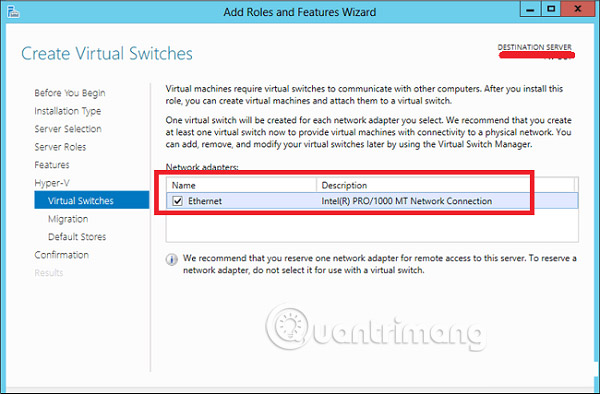
Step 8 - In the Migration section, leave the default settings unchanged, then select Next .
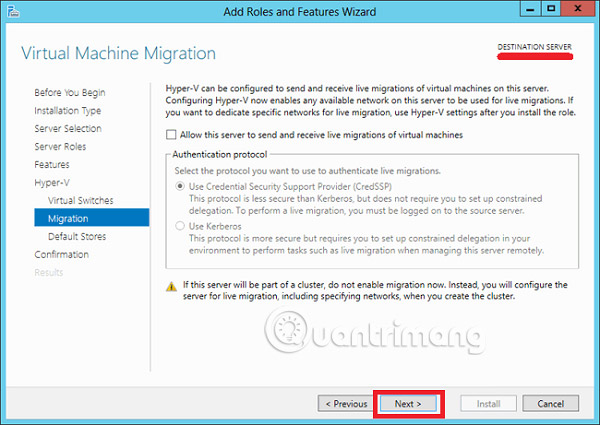
Step 9 - Select the path where the file is saved.

Step 10 - Click Install and wait for the installation process to finish.
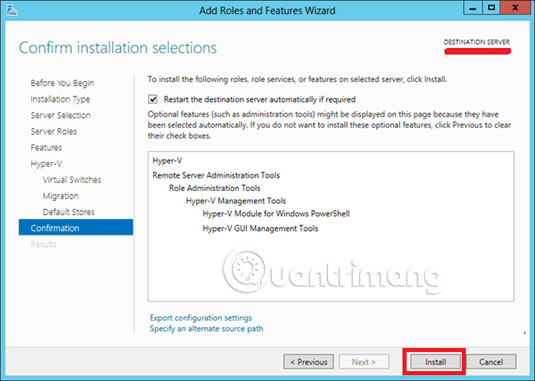
See more:
- How to install IIS in Windows Server 2012
- Learn Resource Monitor tool in Windows Server 2012
- How to create DC Accounts in Windows Server 2012
You should read it
- Instructions for installing Windows Server 2012 step by step
- Learn about Windows Server 2012 (Part 3)
- How to create a virtual machine in Windows Server 2012
- How to install software for clients from Windows Server 2012 R2 using Group Policy
- Install Hyper-V Virtualization on Windows Server 2008 R2
- 10 new features in Windows Server 2012
 How to create a virtual machine in Windows Server 2012
How to create a virtual machine in Windows Server 2012 How to configure and adjust WSUS in Windows Server 2012
How to configure and adjust WSUS in Windows Server 2012 Learn about File and Storage Services in Windows Server 2012
Learn about File and Storage Services in Windows Server 2012 How to install and open File Server Resource Manager in Windows Server 2012
How to install and open File Server Resource Manager in Windows Server 2012 How to install the Print Server in Windows Server 2012
How to install the Print Server in Windows Server 2012 Learn about Easy Printing in Windows Server 2012
Learn about Easy Printing in Windows Server 2012